Chances are you’re not.
Some of them even we find tricky, and we have been doing Depreciation Schedules for over 20 years.
If you aren’t doing it properly, your clients might be missing out on deductions.
Sure, if it’s just a small factory and the client has just installed a mezzanine and some racking, that’s easy.
But what if it’s, say, a $900K office fitout that involved some demolition and there is a landlord contribution in the mix and the landlord also wants a Depreciation Schedule. That’s a job that just came in today for us.
Key Points:
- How we approach a Depreciation Schedule for a fitout for one of your clients.
- If your client has bought a building with an existing fitout and decides to demolish that fitout, they should be able to claim the disposal value of any Capital Works they discard.
- When the landlord makes a contribution to the fitout, it makes sense to ascribe as much of the Capital Works as possible to the landlord.
 How do we approach a depreciation schedule for a fitout?
How do we approach a depreciation schedule for a fitout?
Here’s what we do:
- First up we find out the total spend on the fitout and get whatever breakdown is available for the Capital Works and Plant and Equipment.
- Then we get a contact at the fitout company to help us break down the P&E further.
- Next we ask whether there was a landlord contribution and whether there were any conditions around it (and whether the landlord also expects a Depreciation Schedule).
- And of course we find out whether we are including GST in the costs and whether one or both entities want the Instant Asset Write-Off employed.
- Then we send a Quantity Surveyor there.
That’s what it takes to do them properly, so isn’t it good that you don’t need to do all that? All you have to do is refer your client to us using your link and we take over.
Let’s look at some other fitout conundrums:
 What if your client has bought a building with an existing fitout?
What if your client has bought a building with an existing fitout?
This one happens all the time with offices and shops.
Your client might not be intending to occupy the property, but they will want to make the most of any deductions available.
If there is a tenant there and they did the fitout, they would be claiming it. But what if the landlord made a contribution to that fitout? Nobody ever thinks to dive that deep.
What if it’s vacant possession and the fitout was left behind by the tenant? Your client bought that fitout when they bought the building and should be able to depreciate it.
But what if your client decides to demolish that fitout so they can present prospective new tenants with an empty shell? They should be able to claim the disposal value of any Capital Works they discard. There is often good money thrown into skip bins without anybody realising.
We always tell clients to talk to their accountants before they do anything to a property. And you in turn might want to talk to us.
 How best to deal with a landlord contribution?
How best to deal with a landlord contribution?
Just about every fitout Depreciation Schedule we have done in the last year for office in the capital cities has had a large landlord contribution in the mix. Presumably it’s what landlords need to do to entice businesses into leases after Covid. Prospective tenants right now are spoilt for choice.
And in every case, those landlords have expected the client to provide them with a Depreciation Schedule as a condition of handing over the money.
It’s always best we know this up front. With the fitout job that came in today, of that $900K total, the landlord generously (but probably with little choice) chipped in $300K.
It makes sense to ascribe as much of the Capital Works as possible to the landlord. That’s the walls, glass partitions, fixed floor treatments, ducting etc. Then the client gets to claim the majority of the Plant and Equipment i.e. the stuff that depreciates quickly. It often surprises us that when landlords hand of significant incentives, they don’t stipulate what work it is to be put against.
News on the Instant Asset Write-Off
There is no news on the Instant Asset Write-Off.
It’s still stuck in the Senate.
And that does not indicate the Senate are pondering deeply where the latest threshold for the Instant Asset Write-Off should be. It’s because the Senate is yet to pass the Support for Small Business and Charities Bill and the Instant Asset Write-Off is in there.
It is anticipated that the ever shifting threshold will be back at $20,000 for Assets first used or installed ready for use between 1 July 2023 and 30 June 2024.
 If you have a client we can help with claiming depreciation for a commercial or a residential property, please use your booking link, or make an online enquiry.
If you have a client we can help with claiming depreciation for a commercial or a residential property, please use your booking link, or make an online enquiry.




 What gets missed with shops and offices?
What gets missed with shops and offices? What gets missed with factories and warehouses?
What gets missed with factories and warehouses? What gets missed with farms?
What gets missed with farms? What gets missed with residential properties?
What gets missed with residential properties?
 Depreciation returns on houses
Depreciation returns on houses
 Depreciation returns on commercial properties
Depreciation returns on commercial properties
 A kitchen is not an Asset
A kitchen is not an Asset Not splitting Schedules properly is laziness
Not splitting Schedules properly is laziness Depreciation rates for Assets occasionally change
Depreciation rates for Assets occasionally change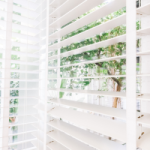 Not all providers offer the Low Value Pool
Not all providers offer the Low Value Pool Repairs vs Renovations
Repairs vs Renovations Christmas will be here before you know it
Christmas will be here before you know it
 What Capital Works have residual value in them that can be claimed?
What Capital Works have residual value in them that can be claimed?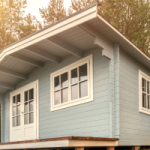 What is the best way to deal with granny flats?
What is the best way to deal with granny flats? The Airbnb squeeze…
The Airbnb squeeze… 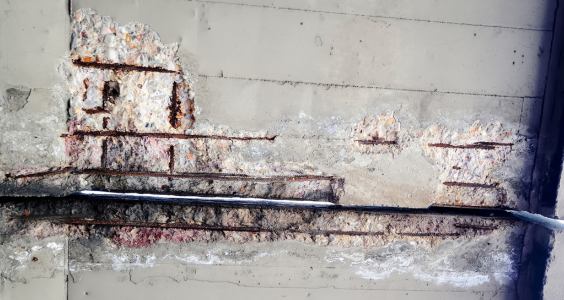
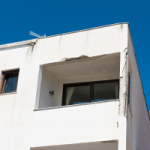 Let’s look at the purpose of the Special Levy
Let’s look at the purpose of the Special Levy Why is the date of first rental relevant to Special Levies?
Why is the date of first rental relevant to Special Levies? A case study in concrete cancer
A case study in concrete cancer
 Unhosted properties are ones where the host lives elsewhere and the guests have free reign of the property.
Unhosted properties are ones where the host lives elsewhere and the guests have free reign of the property. But let’s talk about hosted properties, those ones where a client is renting out some rooms to make ends meet.
But let’s talk about hosted properties, those ones where a client is renting out some rooms to make ends meet. This is where it can get tricky.
This is where it can get tricky. Then there is the potential Capital Gains Tax liability.
Then there is the potential Capital Gains Tax liability. 
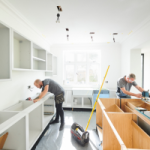

 Lots of clients think this is the case and this is something they say often.
Lots of clients think this is the case and this is something they say often.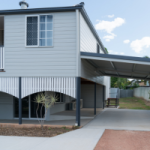 We are often surprised that clients have no idea their property has been renovated.
We are often surprised that clients have no idea their property has been renovated.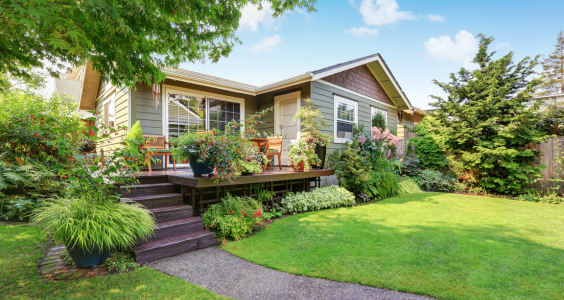
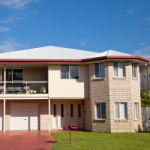 Older properties can yield great depreciation
Older properties can yield great depreciation The 2017 Changes to Depreciation
The 2017 Changes to Depreciation The Instant Asset Write-Off returns
The Instant Asset Write-Off returns



